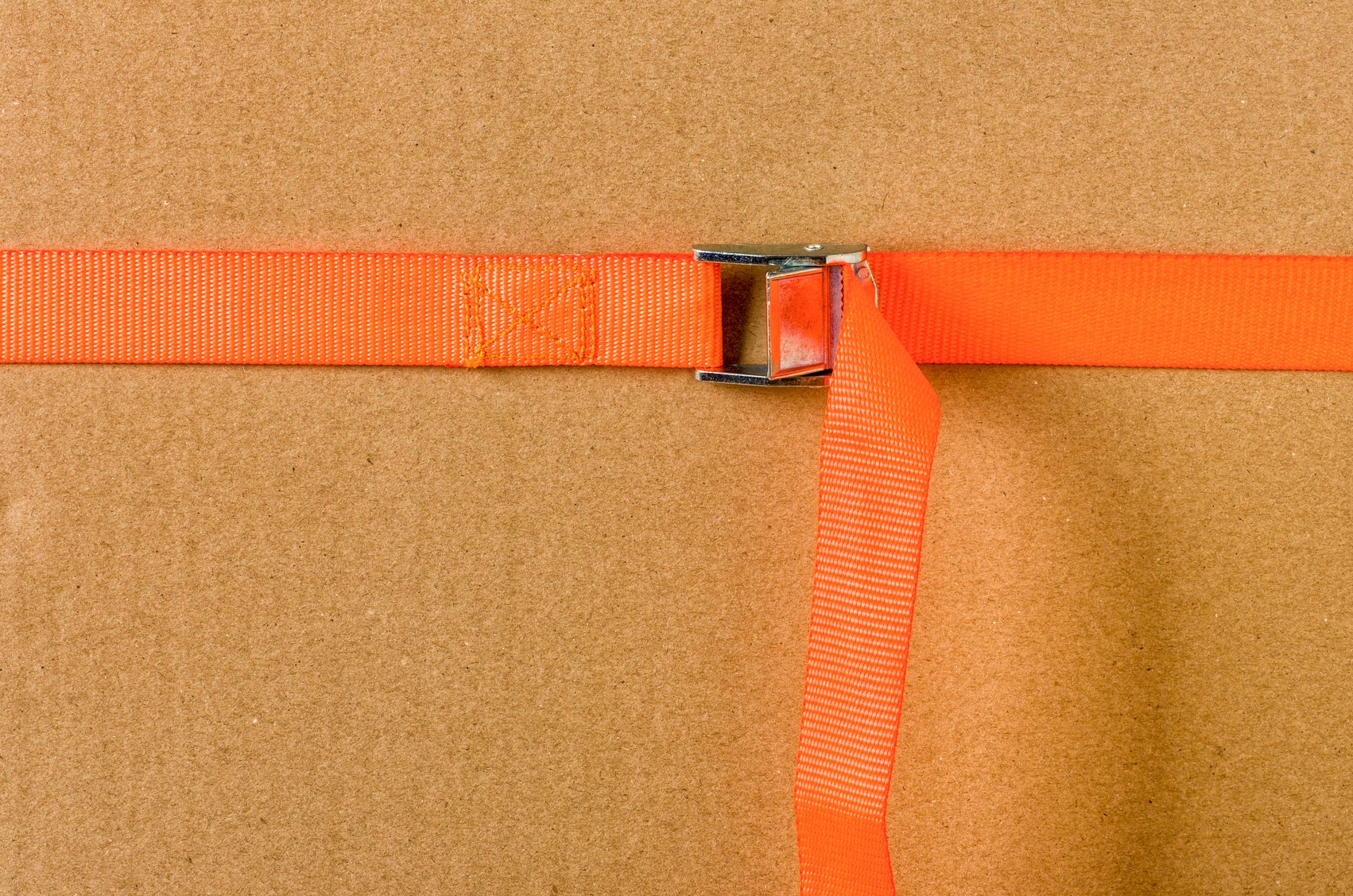Straps and Seals 101: Keeping Your Package Safe And Sound
admin admin | Jan 17, 2019

We all want the best when it comes to packaging materials and items and keeping them safe from damage during transit. While you do not have full control over the delivery process, not being able to know if your package is being handled with care or not, there are a few things that you can do to prevent or at least minimise how rough handling affects your items. To help you, below are the basics of keeping your package safe and secure.
1. Choose the right cardboard box
Protecting your package starts with choosing the right packaging materials, particularly the carton box. When choosing a carton box, make sure that the dimensions are appropriate for the item. A box that is too big can cost you more in terms of shipping costs, while a box that is too small can result to damaged items during transit.
2. Use package cushioning
Cushioning helps keep the integrity of your package intact against vibration, shock, and impact due to mishandling during transit. There are many types of cushioning that you can use depending on the item.
For hand-sized items, use bubble wrap or foam netting to keep them protected. Use corrugated cardboard when placing multiple items in a box to keep them from hitting each other while being moved. Air pillows are ideal for items that require heavier cushioning such as small appliances, while foam chips are great for filling in spaces and for protecting highly fragile items such as glass bottles and ceramics.
3. Seal it with tape
Packaging tape offers much better protection for your package than other tape types because it is designed to withstand rough handling and extreme temperature. When sealing your package, choose tape that has high tensile strength and hold so that your package remains tightly sealed, preventing it from opening up during transit.
4. Use strapping
Strapping tools are important when it comes to keeping your package secure. The use of strapping makes bundling possible, allowing you to combine and hold two packages together, fasten them to prevent dislocation during transit, and reinforce them to allow them to withstand impact much better.
When bundling or reinforcing packages, use high quality strapping tools such as poly strapping, and fasten them with seals that are serrated so that they stay in place. Use cardboard edge protectors to keep the poly strapping from damaging your package. For tighter tensioning and efficient manual sealing of packages, use tools for strapping such as a manual tensioner and a sealer.
5. Label your package
Placing labels on your package makes it easier for handlers to identify what’s inside. Labelling for packages is very important in communicating how a package should be handled, and plays a big role in tracking and tracing during transit.
When labelling your package, use printed label tapes or fluro labels for better identification. You can also use stencils and spray paint if you prefer bigger letters. Attach important supporting documents using doculopes.
For all your packaging supply needs, look no further than Hunter Industrial Supplies. Our selection of high-quality packaging materials such as strapping tools, plastic packaging and adhesive tapes are perfect for general and industrial purposes, providing protection for your packages. Visit our website to know more about our packaging supplies or contact us by going to this page.







